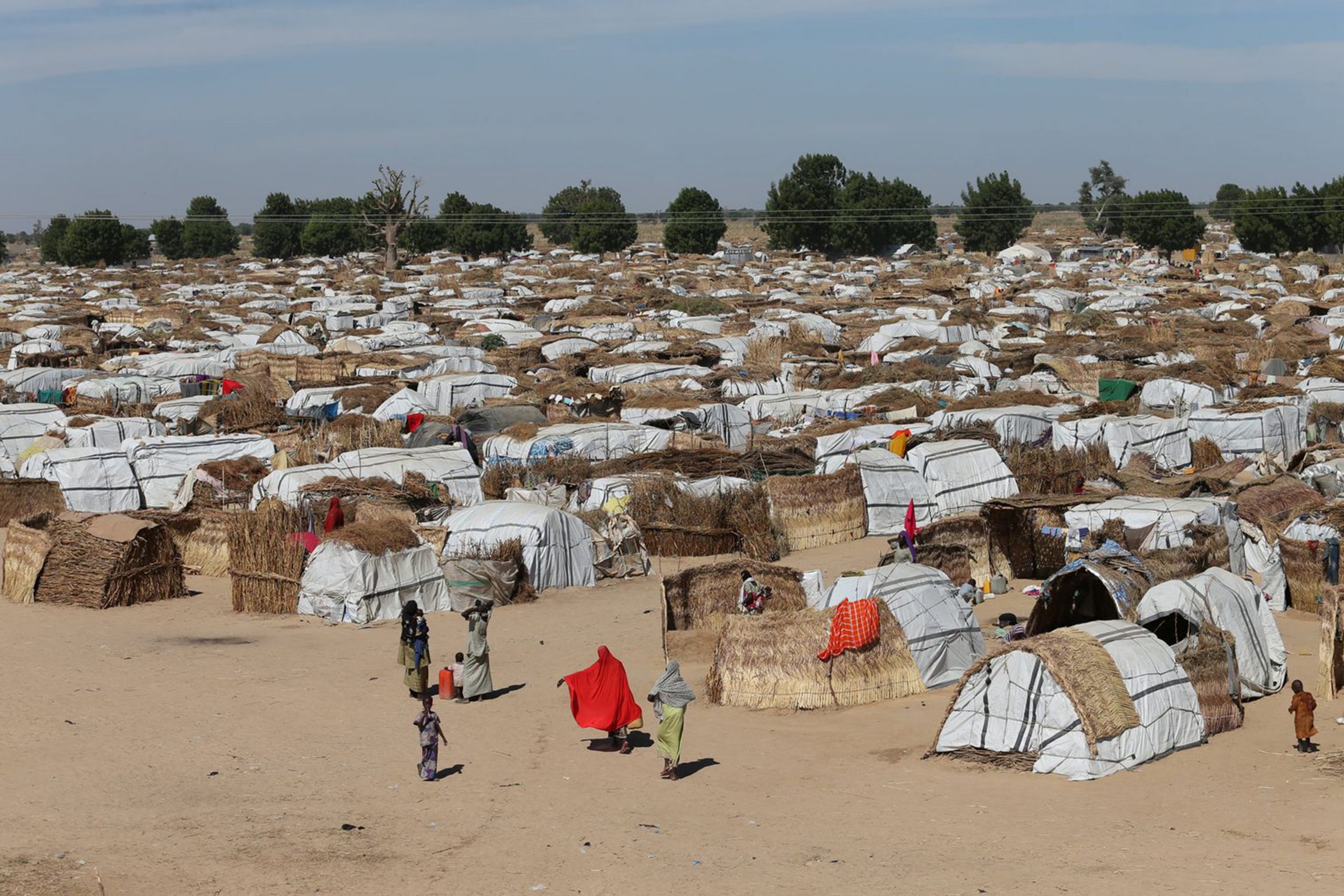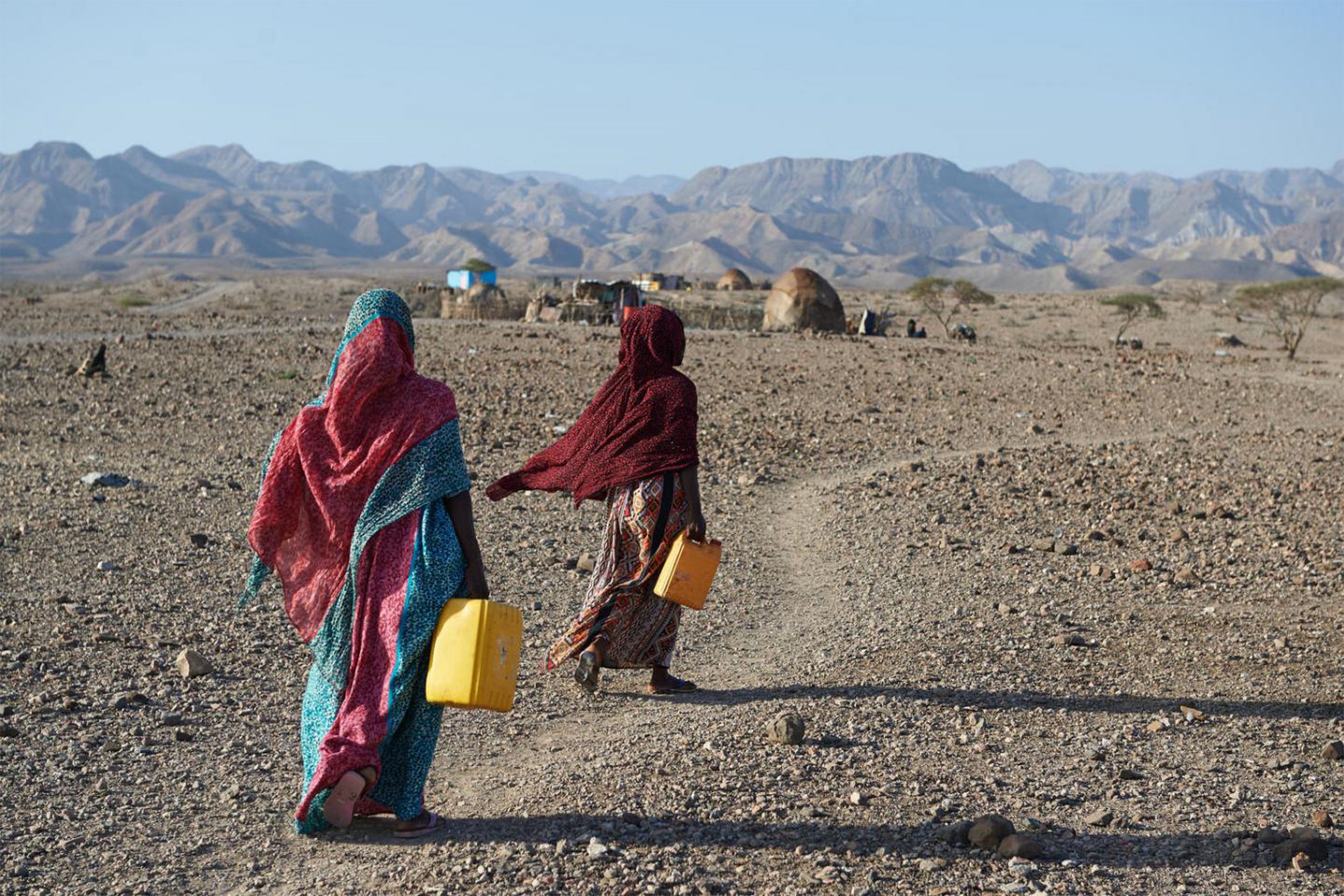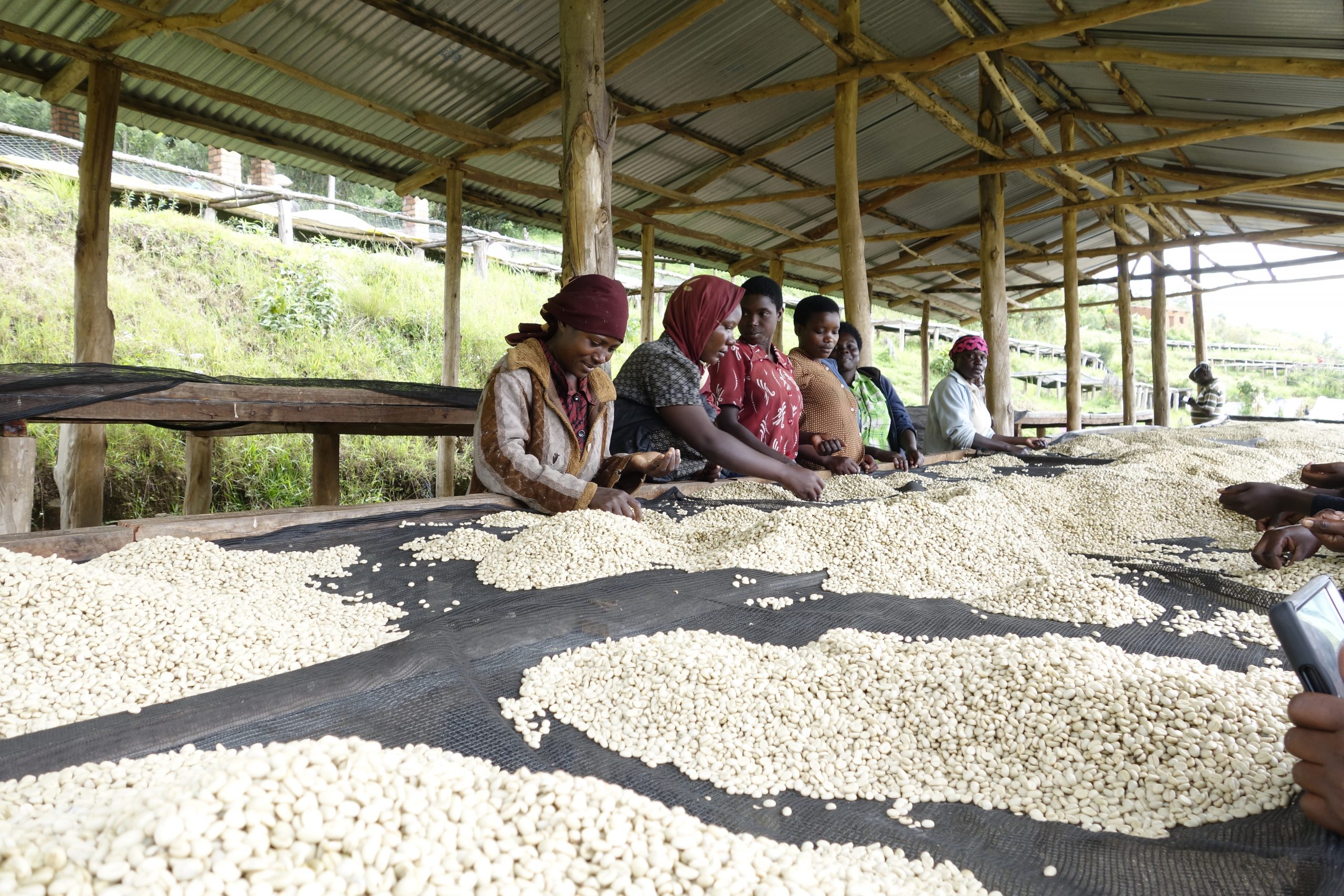Poverty is currently one of the world’s most contemplated and complex issues. Indeed, being a state when people do not have proper access to resources such as nutrition, education, sanitation, and healthcare or, simply put, when their basic needs not satisfied, poverty affects billions of people of all nationalities, races, and ages.
What is poverty?
A lack of money and natural resources is only one aspect of poverty. It also manifests through hunger, restricted or no access to proper education, no access to clean drinking water, poor literacy rates, high newborn and maternal death rates, massive unemployment, social prejudice and marginalization, a lack of involvement in the process of decision-making and the absence of a sense of insecurity.
Are there any solutions to end poverty? There are, in fact, many and here are 10 of them.
How to reduce poverty?
1️⃣ Focus on secondary education
A recent UNESCO policy document stated that if everyone in the world succeeded in finishing secondary education, the poverty rate could be reduced by over 50%
Based on UNESCO research, if all adults succeeded in finishing secondary school, this would help approximately 60 million individuals to get out of poverty.
Building schools in remote locations, helping teachers in their goal of providing high-quality education, and ensuring that children living in disadvantaged circumstances have proper access to education should all be at the top of the list of priorities for executives and policy-makers.
2️⃣ Improve equality
Inequality is one of the major contributors to poverty. People lacking participation in their communities are at risk of being provided with fewer opportunities due to institutional constraints. Concern Worldwide, a nonprofit organization that aims to end poverty in 29 nations across Asia, Africa, and the Caribbean, states that everyone must be included in developing solutions at a community level.
The global food system depends heavily on women because around 70% to 80% of the world’s food is produced on small farms with women making up about 40% of all smallholder farmers. Nevertheless, they produce 20 to 30% less than their male counterparts because of the two combined levels of discrimination they encounter – they are smallholder farmers and they are female.
Around 70% of the food grown in Africa is produced by women, who also make up the bulk of the agricultural labor force in that part of the world. Nonetheless, women are far more vulnerable than the rest of the agricultural community because of gender inequalities and the consequences of climate change which bring several obstacles including financial insecurity and lack of education.
3️⃣ Increasing resilience
Poverty arises from situations when there is a lot of disparity and a lot of risks.
For instance, after becoming independent in the second half of the 20th century, the Democratic Republic of the Congo has experienced continual civilian conflict with millions of local citizens becoming extremely vulnerable. Today they either reside in combat areas or camps for displaced people.
To counteract this, vulnerable people should develop resilience and humanitarian aid can be of great help with this. Developing resilience involves collaborating with local communities to create early disaster preparedness plans. It also entails adjusting to various changes and coming up with new education and safety programs, as well as programs to help refugees or internally displaced people.

4️⃣ Solve issues linked with climate change
If rapid action is not taken, climate change might force 216 million people to migrate within the borders of their own nations over the next 30 years.
Poor people around the world face serious risks due to climate change, particularly in sub-Saharan Africa. Government mismanagement, structural problems, and a lack of fundamental institutional functions are all associated with instability. If no action is taken, the sub-Saharan region could witness 39.7 million people being pushed into poverty.
Governments must create mitigation plans that could help the poor. However, international assistance will still be necessary since local resources in the world’s poorest nations might not be sufficient to implement such policies.
5️⃣ Bridging the gap between policy aspiration and achievement
The way that policies are voiced quite often differs from how they are actually implemented. As a result, there is a difference between what people expect and what they go through on a daily basis.
For instance, people with the least influence in a community may lack access to fundamental services.
According to the World Bank, policy ambitions may be admirable, yet it is very likely that there will be a big difference between what was said and what has been implemented, and how communities really benefited from the steps taken.
6️⃣ Solving the hunger issue
It is possible to break the poverty cycle by having three meals per day with a healthy level of calories and nutrients. A person lacks the energy necessary to perform a job when they have not had enough to eat. In addition, without clean drinking water people can develop debilitating illnesses.
In 2022, there were around 735 million people in the world who suffered from hunger, which was 122 million more than in 2019, prior to the COVID-19 pandemic. While there had been some progress in reducing hunger in Asia and Latin America, hunger rates in Western Asia, the Caribbean, and Africa continued to rise in 2022.
According to the World Health Organization, with one in five of its citizens experiencing hunger – more than double the world average – Africa continues to be the most severely affected continent.
Numerous nations that have an abundance of freshwater resources in Africa, the Asia-Pacific region, and the Americas experience elevated rates of mortality related to WASH due to inadequate access to sanitation services, low-quality water, and water that has little economic value.
On the global scale, over 60% of the world’s population – nearly 5.5 billion people – lack proper access to clean water. In Africa, just 15% of people benefit from safe water access, and, in terms of sanitation, over one billion people still lack access to a sanitation service that is safely maintained.
Governments must provide the fundamental social protection and services necessary to keep their people healthy by providing them with the necessary healthcare conditions.

7️⃣ Establish peace
It may sound ambitious, but ending all of the world conflicts would allow funds to be relocated from budgets that cover the expense of wars to budget for public services instead. Additionally, it would lessen the risks that the most disadvantaged communities must face today and ensure that the objectives of inclusion and equality can be upheld.
It is also important to gradually implement social protection programs to assist individuals who are unable to maintain themselves.
As an example, In 2006, a civil conflict that lasted 10 years in Nepal came to an end. As a result, the nation witnessed a high rise in GDP per capita (from US$347 in 2006 to US$1160 in 2020) and GNI (from US$46 billion to US$118).
8️⃣ Accessible financing
Money and microfinance are two of the most obvious and effective ways to combat poverty.
For instance, financing was one of the factors that enabled Cambodia’s shift from a war-torn nation to a peaceful one, including the return of more than 300,000 Cambodian refugees. The country’s economy registered an average of 8% annual growth between 1998 and 2018, and the middle class there started to thrive.
Over the past few years (from 2014 to 2022), Cambodia has accomplished a noteworthy 50% decrease in multidimensional poverty (from 36.7% to 16.6% of its population).
While supplies such as food, water, and shelter may represent the conventional picture of humanitarian aid, cash empowers beneficiaries to choose their own purchases. In addition, investments promote national economies. However, cash availability should come with educational activities to make sure the funds are not spent on consumerism alone but also for savings and investments.
9️⃣ Programs that help the poor engage in fast economic growth
Creating and implementing strategies and programs for quick economic advancement can help the poor to participate in and contribute to growth in sectors such as healthcare, education, and food. But this takes time.
According to DFID, a 10% increase in average national income can alleviate poverty by up to a third. Creating and improving employment and income opportunities and fostering entrepreneurial ability will not only help to reduce poverty but also help nations to economically evolve.

🔟 Better resource management
The majority of rural poor people rely on agriculture as their main source of income. Therefore, they must have proper access to natural resources. To do this, it is important to invest in various agricultural programs.
For instance, since 1978, as part of China’s goal to end poverty in the country, 800 million people managed to come out of extreme poverty. The Agricultural Bank of China has supported the growth of rural areas and made investments in infrastructure, education, and agricultural production.
Final word
Because it affects people’s well-being, poverty is a serious issue that needs to be tackled immediately. Without appropriate measures being taken, millions of people will lack access to food and clean drinking water, shelter, and education. Moreover, poverty leads to high infant and maternal death rates, high levels of unemployment, and an overall sense of helplessness.
There are various ways to help to reduce poverty including the promotion of economic growth which will increase wages and widen job opportunities for the poor, the improvement of education, the promotion of microfinance programs and the end of all conflicts among many others.

